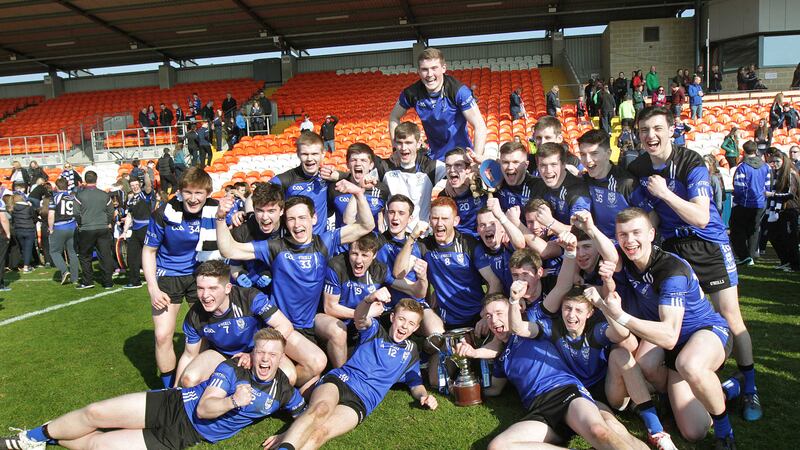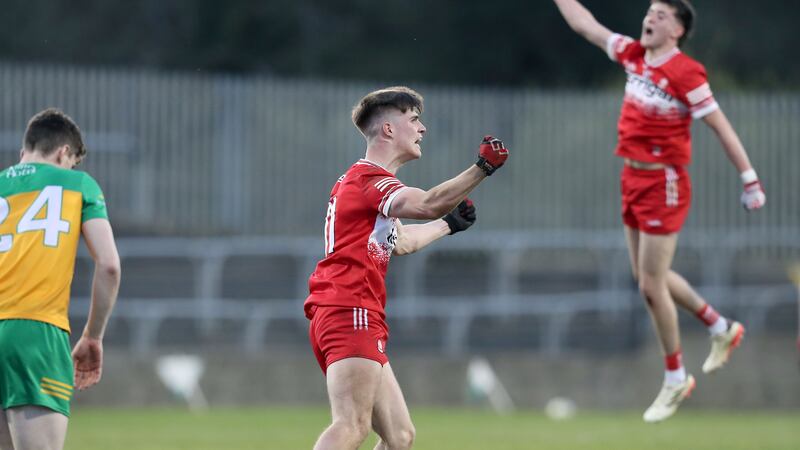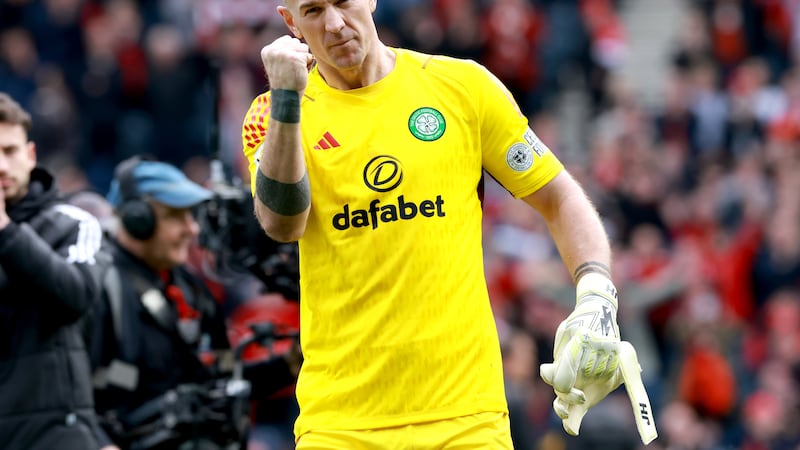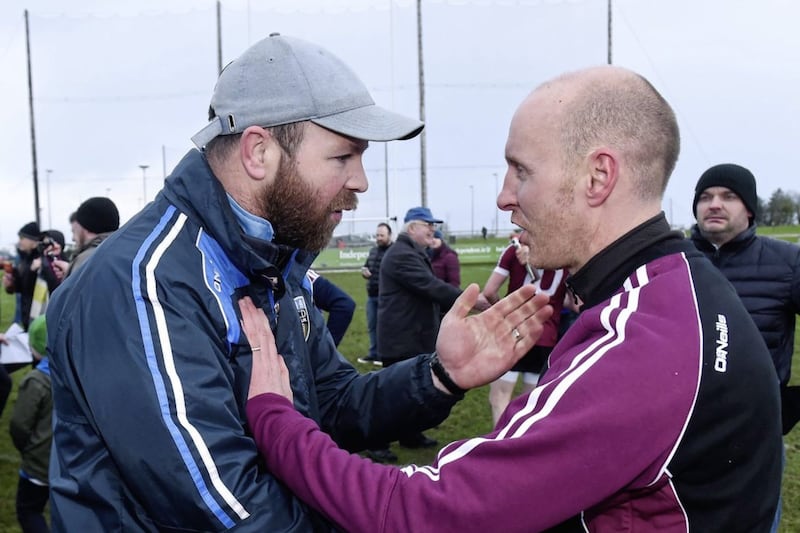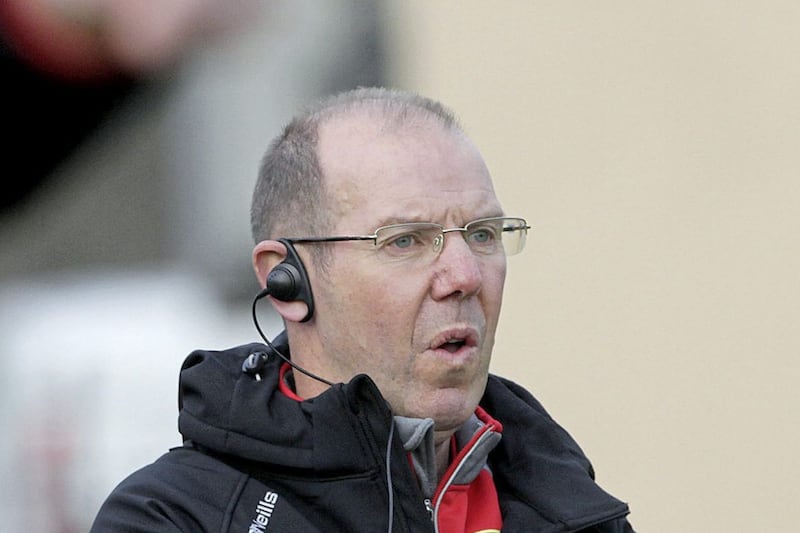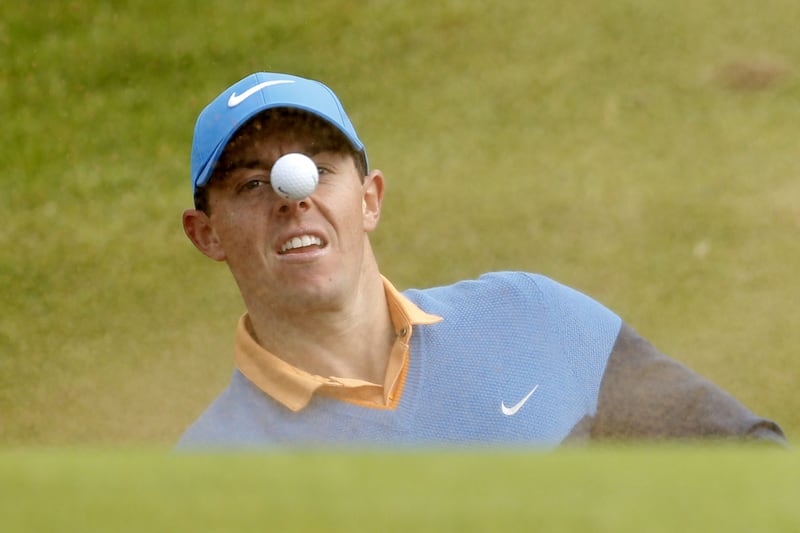IT IS generally acknowledged the levels of preparation a senior team at club or county level are undertaking is becoming more and more professional each year.
I sat down to watch the recently-televised programme The Toughest Trade - a fascinating documentary based on Gaelic football and hurling players swapping codes with that of professional sportspeople.
Last week, Mayo’s Aidan O’Shea and Roberto Wallace (former Miami Dolphins player) were documented undergoing the various rigours of sports outside their comfort zones. While Roberto, whom I admit to never having heard of before, looked every bit the stereotypical athlete one comes to associate with the American NFL, Aidan O’Shea, in contrast, has been typically built for the hard winters one tends to expect in the west of Ireland.
Gaelic football and hurling have developed this preoccupation with becoming professional in all but name. Who has the largest backroom team? Who has the best coaches, strength and conditioners and psychologists?
One hears or reads of Davy Fitzgerald, Clare’s hurling manager, collating no fewer than 20 individuals for his back-up team, with all the associated bells and whistles. Dublin, Kerry, Mayo are from the same cloth.
When you see the expenses amassed to enable county boards to fulfil fixtures and get teams onto the field, you begin to wonder where it will all end. In tears, no doubt, with a hand-out needed from Croke Park, in the case of Kildare for example.
Yet, in comparison to the American NFL, the annual expenses would probably cover that of the mascot perhaps or kit guy. We look at our game and the entertainment it can bring and it is value for money in comparison.
The most frustrating element of Gaelic football (or hurling) for me currently is coaching. When you see the quality athlete Roberto Wallace is, what you see is a man who has had a fair bit money, time and coaching invested in him.
No doubt, the various teams he has played in from youth level onwards had quality coaching and, as a result, easily identified him for elite scholarship status. In high schools and colleges across the Atlantic, it is generally accepted that the elite athletes get a fair bit of ‘special treatment’ which allows them to become particularly well equipped within their sport.
To a degree, it is now becoming more common for grammar schools here to identify the talented sports persons and commit to attracting them to their institution. Why? On a smaller scale, this follows the USA model of identifying the most talented students in a particular field and promoting the schools themselves as the best in their class across a wide spectrum, both academic and sporting.
St Patrick’s Day was the best example of the window available to any school now. Both the MacRory Cup and Rugby Schools Cup finals televised live on BBC. Twenty years ago, this would have been unthinkable.
In today’s society, when the academic league tables are published and are viewed by schools as the Premier League is by English soccer teams, having your school compete for a prestigious sporting prize is becoming as important as any A-level and GCSE assessment.
When I attended and played at the Abbey Grammar, we always had a great chance of winning most competitions - that is, until around fifth year. After winning Ben Dearg, Dalton and Corn na nOg Cups, the MacRory would be seen as the conclusion to a full sweep of successful winning teams.
However, that was not how it turned out. St Michael’s, Enniskillen (twice) and St Pat’s, Maghera all took the honours ahead of us. St Patrick’s, Maghera’s history in terms of winning MacRory Cups is on a similar level to that of the Kerry and Dublin traditions of securing Sam Maguire.
They showed why on St Patrick’s Day this year - the quality players and indeed the huge levels of skill that these boys possess will only benefit Derry in the years to come. While domination in any sport is never a good thing, St Patrick’s, Maghera have rarely been far away from MacRory Cups. I would hazard a guess here and say that the majority of Derry’s All-Ireland winners in 1993 hailed from the school.
Indeed, if you look at most All-Ireland winning teams in Ulster, you will see that the foundation for any inter-county winner was the coaching received at secondary level. When Down were going well in the early 1990s, it was no coincidence that both St Colman’s College and the Abbey enjoyed a couple of MacRorys and a purple patch around the mid-to-late ’80s. Add into that St Mark’s, Warrenpoint winning Vocational Schools All-Irelands and you had a good basis to start.
St Patrick, Armagh, for example, came through strong in my time at school and, backboned by Sean Cavanagh and Ronan Clarke, catapulted both their counties to All-Ireland glory having won a MacRory Cup a few years previously.
While we see a diverse sporting offering at secondary school level, with soccer and rugby increasingly becoming more popular within the school sporting curriculum, we should not forget that the best conveyor belt available for our counties remains our local schools. Within the vast majority of clubs, there still remains a difficulty in securing good coaches to work with underage teams. As a result, the basic skills are suffering.
You also have the occasional problem that one or two of the players’ parents are managing the team which their son or daughter plays in and this can cause levels of resentment among both other players and parents as a result.
This makes a county board’s investment even more important at schools level. With a school being independent of any county board or third party, it can be difficult to provide any recommended structure to a PE department.
In addition, it may be viewed as undermining for any PE teacher to be told how he or she should be coaching Gaelic games. However, county boards need to be involved. Why do I say this now? I have a vested interest.
Having not won a single minor Championship match in years, having been beaten by 22 points in last week’s U21 Championship and having registered one win in a McKenna Cup game - versus St Mary’s - at senior level, Down are perhaps the best current example of an underdeveloped, uncoordinated and underfunded underage development structure. A lack of winning MacRory teams and vocational schools teams recently is not merely a coincidence.
Coaching, as in Roberto Wallace’s case, started at high school. Accessing the best coaches and best facilities made his career that bit easier to reach success. The model is a good one and one which every county board should seek to recreate, starting with our own.
The benefits may be not come to fruition immediately, but the past would indicate that it will at some point down the track. We all learned joined-up writing in school. It’s time now for some joined-up thinking too.
